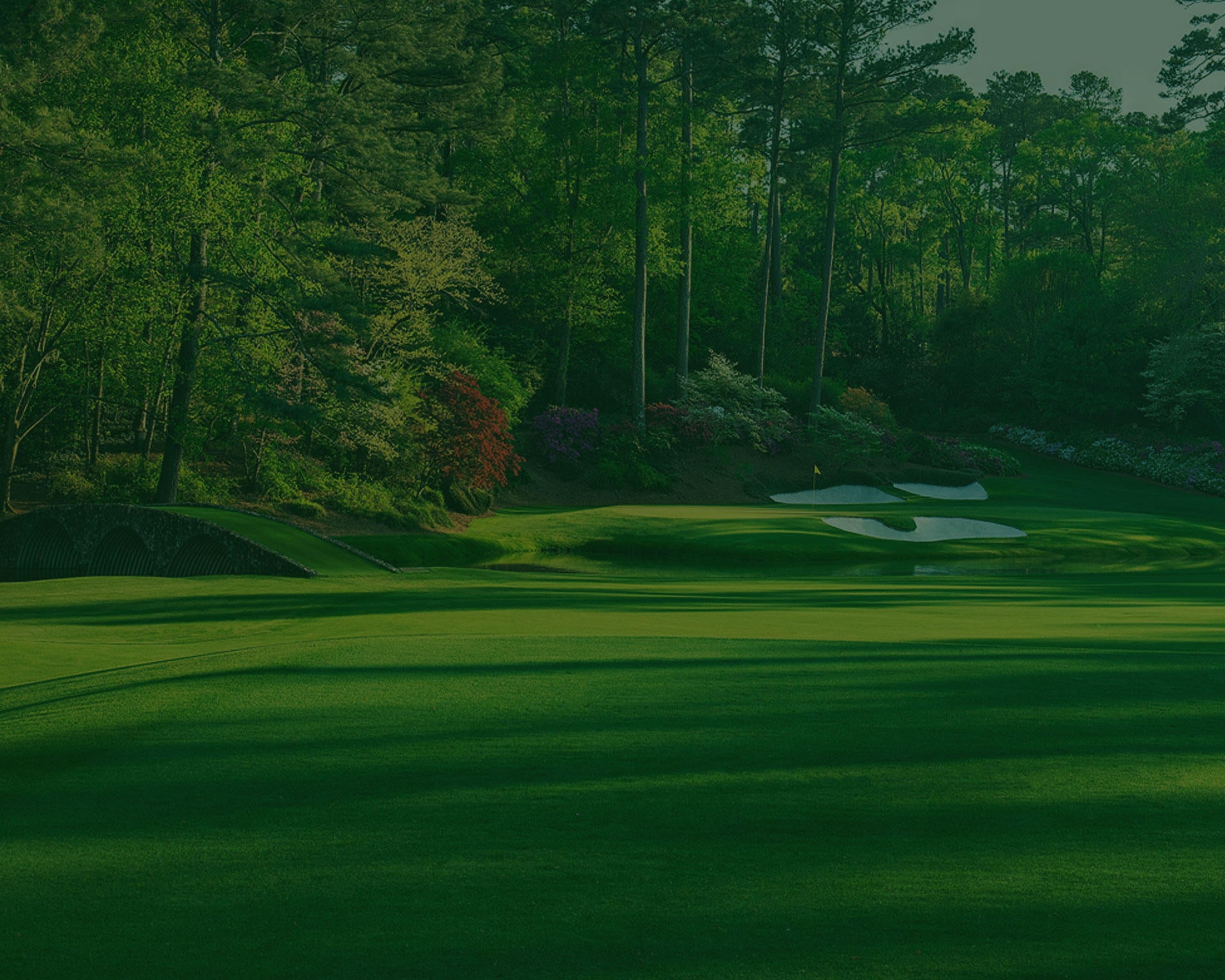
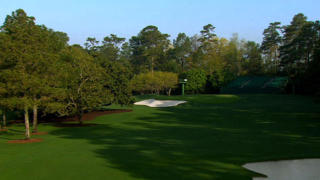
Hole 1
Tea Olive
PAR
4
YARDS
445

NO PLAYERS
36
The first is a slight dogleg right that plays uphill. Drives to the left may catch the trees. The hole requires a precise second shot to an undulating green. A poorly struck approach may result in a difficult two-putt.
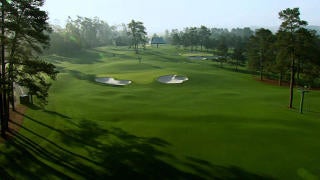
Hole 2
Pink Dogwood
PAR
5
YARDS
575

NO PLAYERS
35
No. 2 is a dogleg left which may be reachable in two. Large, deep greenside bunkers demand special attention on the second shot.
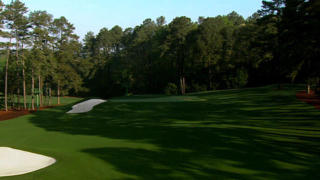
Hole 3
Flowering Peach
PAR
4
YARDS
350

NO PLAYERS
43
A classic short par four. Golfers attempt to hit short of the four fairway bunkers, resulting in a full shot to the green, where it is better to be long than short. The putting surface slopes right to left, with a thin neck on the left side guarded by a bunker.
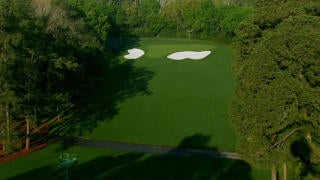
Hole 4
Flowering Crab Apple
PAR
3
YARDS
240

NO PLAYERS
35
This hole is a stout par three that requires a long iron and is often made harder by deceptive winds. Two bunkers, front right and front left, guard the green, which slopes back to the front.
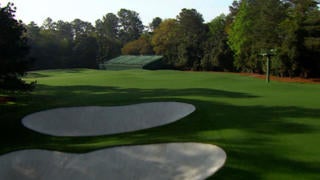
Hole 5
Magnolia
PAR
4
YARDS
495

NO PLAYERS
36
An uphill, dogleg left to a sloping green. The fairway bunkers are deep and positioned to demand accuracy off the tee. To clear them requires a carry of 315 yards. The green slopes back to the front, and a rear bunker catches balls hit too long.
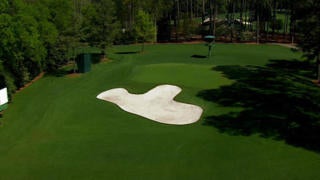
Hole 6
Juniper
PAR
3
YARDS
180

NO PLAYERS
34
This par three features an elevated tee and a large undulating green. The shifting levels of the putting surface from front to back make the pin position very important.
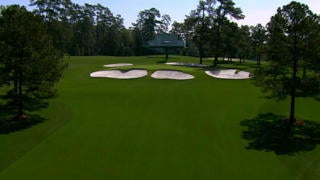
Hole 7
Pampas
PAR
4
YARDS
450

NO PLAYERS
42
The drive on this tight hole is often played to the left-center of the fairway to set up a second shot from a level lie. From there, a short to mid-iron may be played, but it is important to avoid the three bunkers in front of the green and the two behind.
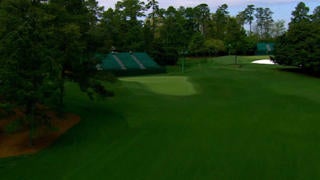
Hole 8
Yellow Jasmine
PAR
5
YARDS
570

NO PLAYERS
43
An accurate drive is needed to avoid the fairway bunker on the right side on this uphill hole. The long, narrow green is bunkerless. It is guarded instead by a series of mounds, the biggest of which line its left side.
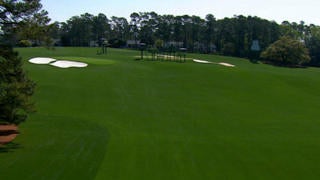
Hole 9
Carolina Cherry
PAR
4
YARDS
460

NO PLAYERS
43
This hole is best known for its green that slopes from back to front. Players often drive down the right side to avoid having to contend with two left greenside bunkers on their second shots.
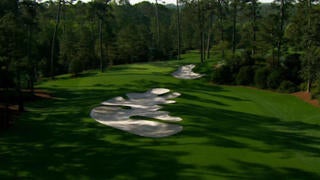
Hole 10
Camellia
PAR
4
YARDS
495

NO PLAYERS
31
This long par four plays steeply downhill and features a nearly 60-yard-long center bunker well short of the green. It is traditionally the most difficult hole on the course.
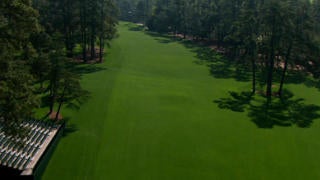
Hole 14
Chinese Fir
PAR
4
YARDS
440

NO PLAYERS
30
The primary defense on this bunkerless par four is a terraced putting surface that drops significantly from left to right. Following a well-placed drive, the second shot will usually be a middle iron.
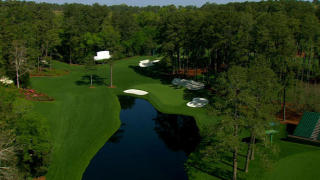
Hole 16
Redbud
PAR
3
YARDS
170

NO PLAYERS
19
This hole is played entirely over water to a green secured by three bunkers. With the putting surface significantly pitched from right to left, an exacting tee shot is required to set up a reasonable birdie chance.
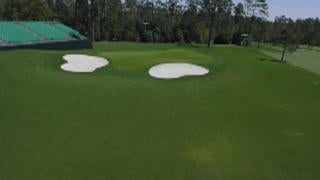
Hole 17
Nandina
PAR
4
YARDS
440

NO PLAYERS
49
The putting surface at this uphill par four offers its share of challenges, as it seems to slope off in all directions. The back-right hole location is particularly demanding. A February 2014 ice storm caused irreparable damage to most of the tree's major limbs, resulting in its removal.
